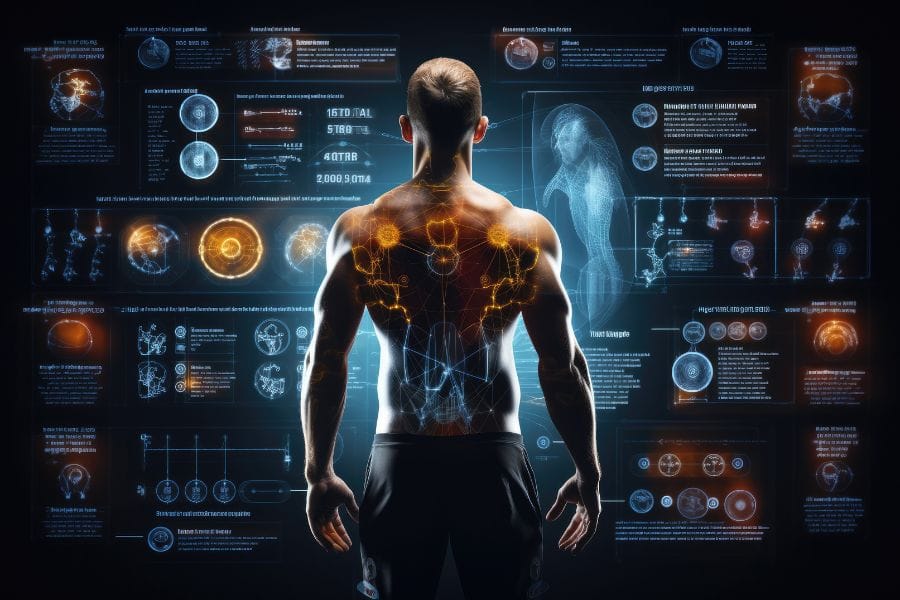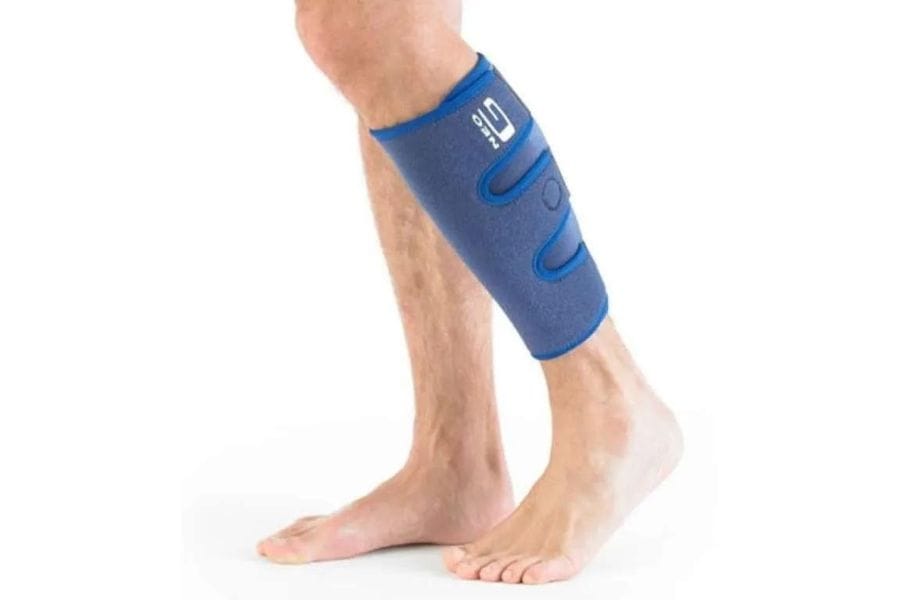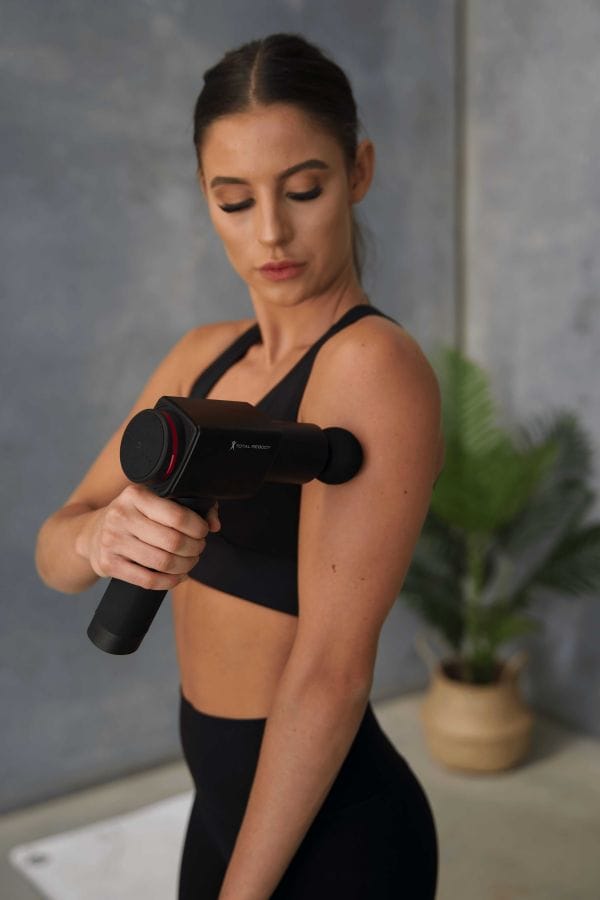

Stay Hydrated: Hydration is key, adequate water intake is fundamental. It supports nutrient transport, aids in muscle recovery, and helps maintain overall bodily functions.
Eat a Protein-Rich Diet: Prioritise lean protein sources to aid muscle repair and regeneration. Consider options like chicken, fish, eggs, and plant-based proteins.
Choose Anti-Inflammatory Foods: Incorporate foods rich in omega-3 fatty acids (salmon, walnuts) and antioxidants (berries, dark leafy greens) to combat inflammation.
Vitamin D: Beyond just healing bones, vitamin D offers a range of benefits that accelerate your recovery. It soothes inflammation, builds muscle strength, bolsters your immune system, and even lifts your mood and improves sleep.
Vitamin C: Vitamin C plays a crucial role in injury recovery by supporting collagen formation, a key component in tissue repair. Its antioxidant properties also help reduce inflammation, fostering a healthier environment for healing.
Omega-3 Fatty Acids: Consider fish oil supplements for their anti-inflammatory properties, promoting joint health and reducing inflammation.
Protein Supplements: Protein shakes or supplements can be convenient for meeting increased protein requirements during recovery. Whey protein isolate is recommended.
Turmeric/Curcumin: Known for its anti-inflammatory properties, turmeric or curcumin supplements can aid in managing inflammation and pain. It can be taken long term as it doesn’t have those nasty side effects on your gut.
Combining Zinc and Magnesium Before Bed: Combining magnesium and zinc can enhance deep sleep and recovery. Together, they create a synergistic effect, optimizing muscle function, reducing anxiety, and fostering an environment conducive to restful sleep.
 Cold Therapy
Cold TherapyIce packs and cold compresses can help reduce swelling and inflammation. Ice baths can be effective for whole-body recovery.
Compression garments facilitate blood circulation, reducing swelling and promoting faster recovery.
Regular massage aids in muscle relaxation, improves circulation, and accelerates the removal of metabolic waste products.
Ensure sufficient sleep for optimal recovery. Sleep is when the body repairs tissues and releases growth hormone. To ensure optimal muscle recovery it is recommended to get 7-9 hours of quality sleep per night. Incorporate active rest days, engaging in low-intensity activities to maintain circulation without stressing the injured area.
 Targeted Exercises
Targeted ExercisesDevelop a structured rehabilitation program with specific exercises targeting the injury site, gradually progressing in intensity. Consulting a Physio or exercise physiologist is the way to go for this.
LLLT can enhance cellular function, promoting tissue repair and reducing inflammation. It is a true game changer for boosting your natural healing. Seek professional guidance for its optimal use.
Whole-body vibration or localised vibration can enhance circulation, muscle strength, and flexibility. Massage guns are super effective.
Positive Mindset: Cultivate a positive mindset. Visualization and positive affirmations can impact the perception of pain and contribute to overall well-being.
Mindfulness and Stress Reduction: Practices such as mindfulness meditation and deep breathing can mitigate stress, positively influencing recovery.
Foam Rolling and Self-Myofascial Release: These techniques aid in muscle relaxation, reducing muscle tightness and improving flexibility. There are some very effective foam rollers and trigger point tools available out there for you to use in the comfort of your own home. For an amazing quad or hamstring release the Rotor X device is a must have.
Elevation: Elevating the injured limb helps minimize swelling by allowing fluids to drain away from the injured area. Within the initial phase try to elevate your limb as much as possible during times of rest.
Contrast Baths: Science has proven that alternating between hot and cold water repeatedly can stimulate circulation and reduce muscle soreness and inflammation.
Professional Guidance: Consult with a sports medicine professional or physical therapist for personalized advice tailored to your specific injury and athletic goals.
Incorporating a holistic recovery plan is your key to unlocking maximum healing potential. It is important to consider all area’s that have known to maximise healing. This comes down to carefully balancing your nutrition, anti-inflammatory techniques, targeted exercises, and mindfulness to create an environment that will drive your body’s natural recovery responses. This compilation of tips serves as a convenient checklist to stow away for reference in those times of need, however, remember that everyone is different and it’s crucial to customize these strategies based on your unique needs. Book a consultation with a healthcare professional to guide you through an effective recovery plan. Stay Primed and good luck!